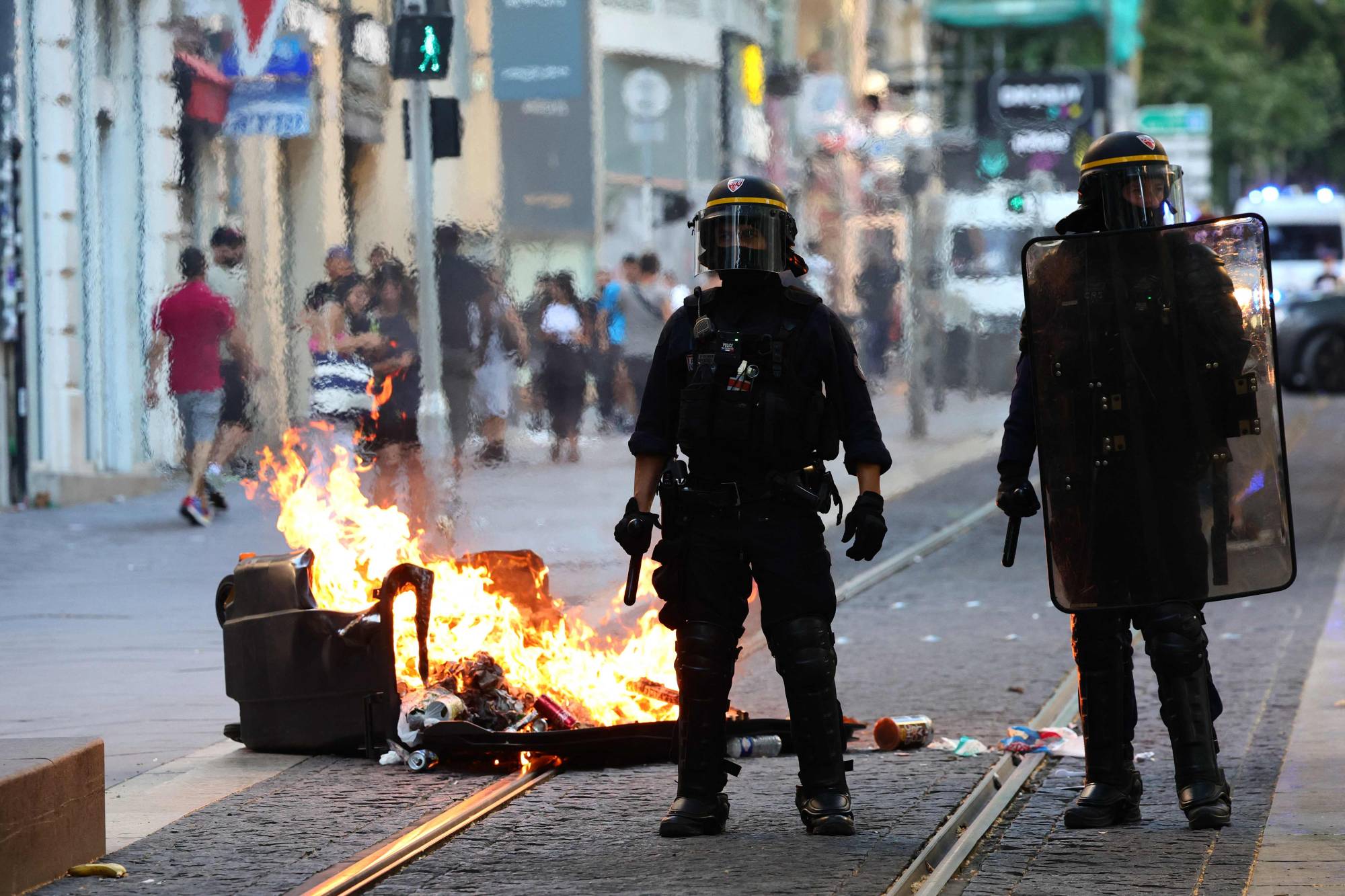A teenager killed by police in a Paris suburb. A wave of anger that morphs into widespread rioting and opportunistic looting. A tough law-and-order response followed by an appeal for unity and calm — and a political call for action that fades over time.
Such is the depressing "deja vu” cycle of violence over the years in the French banlieues, captured in movies like "La Haine” and in news footage beamed around the world over the past week. These neighborhoods built up to house immigrant workers in the 1960s and 1970s have become bywords for deprivation, ethnic conflict and military-style police tactics. And sadly, indifference.
It will take a lot of political willpower to make today’s cycle different from the last time violence flared up in 2005. The peak of rioting seems to have passed since a 45,000-strong deployment of law enforcement and Saturday’s funeral of French teenager Nahel, shot dead by a police officer earlier in the week. (Nahel’s last name wasn’t released by authorities because he was a minor). President Emmanuel Macron has scrapped a state visit to Germany, recognizing this is no ordinary crisis: An estimated €100 million ($109 million) of damage has been dealt to stores, shopping malls, banks and more.


















With your current subscription plan you can comment on stories. However, before writing your first comment, please create a display name in the Profile section of your subscriber account page.